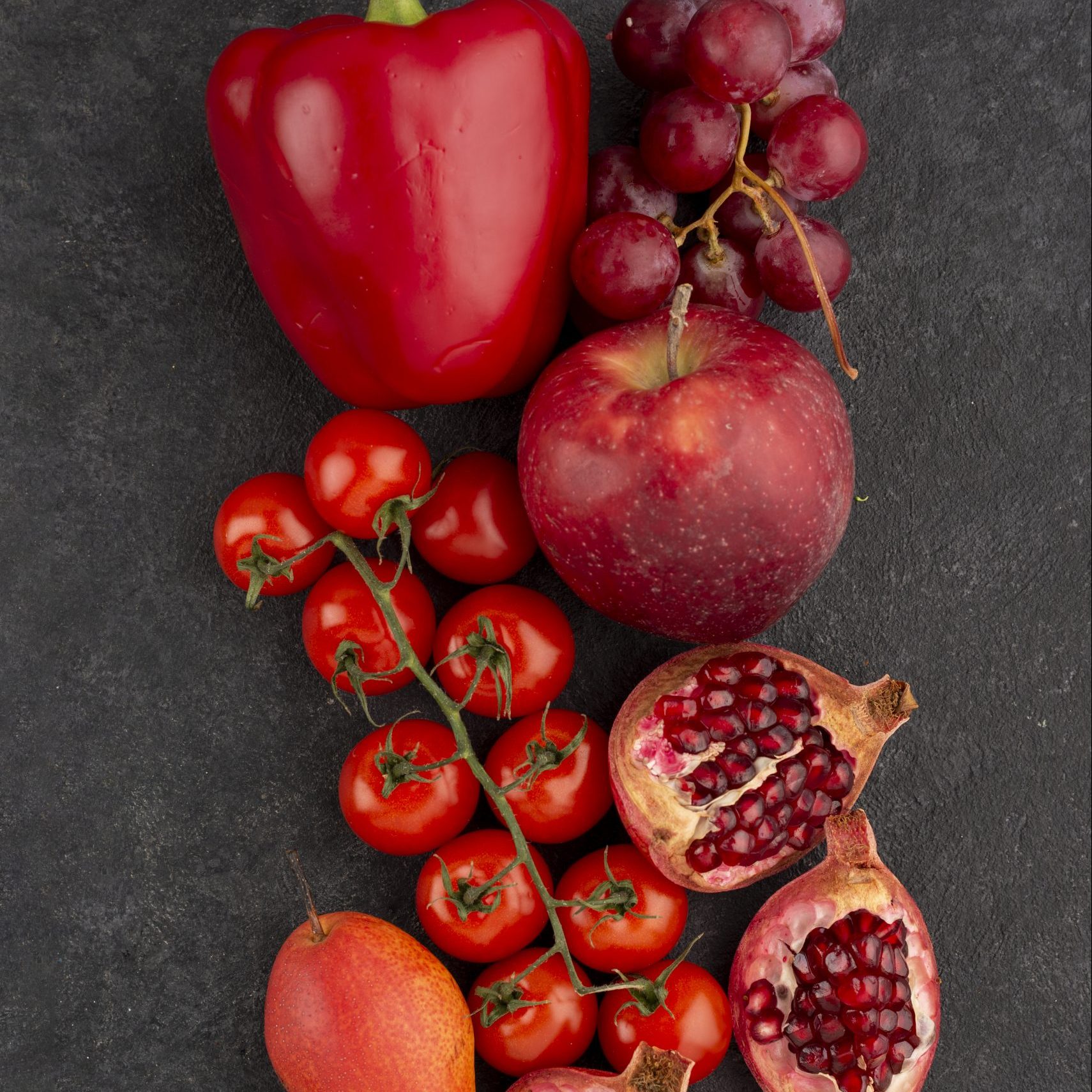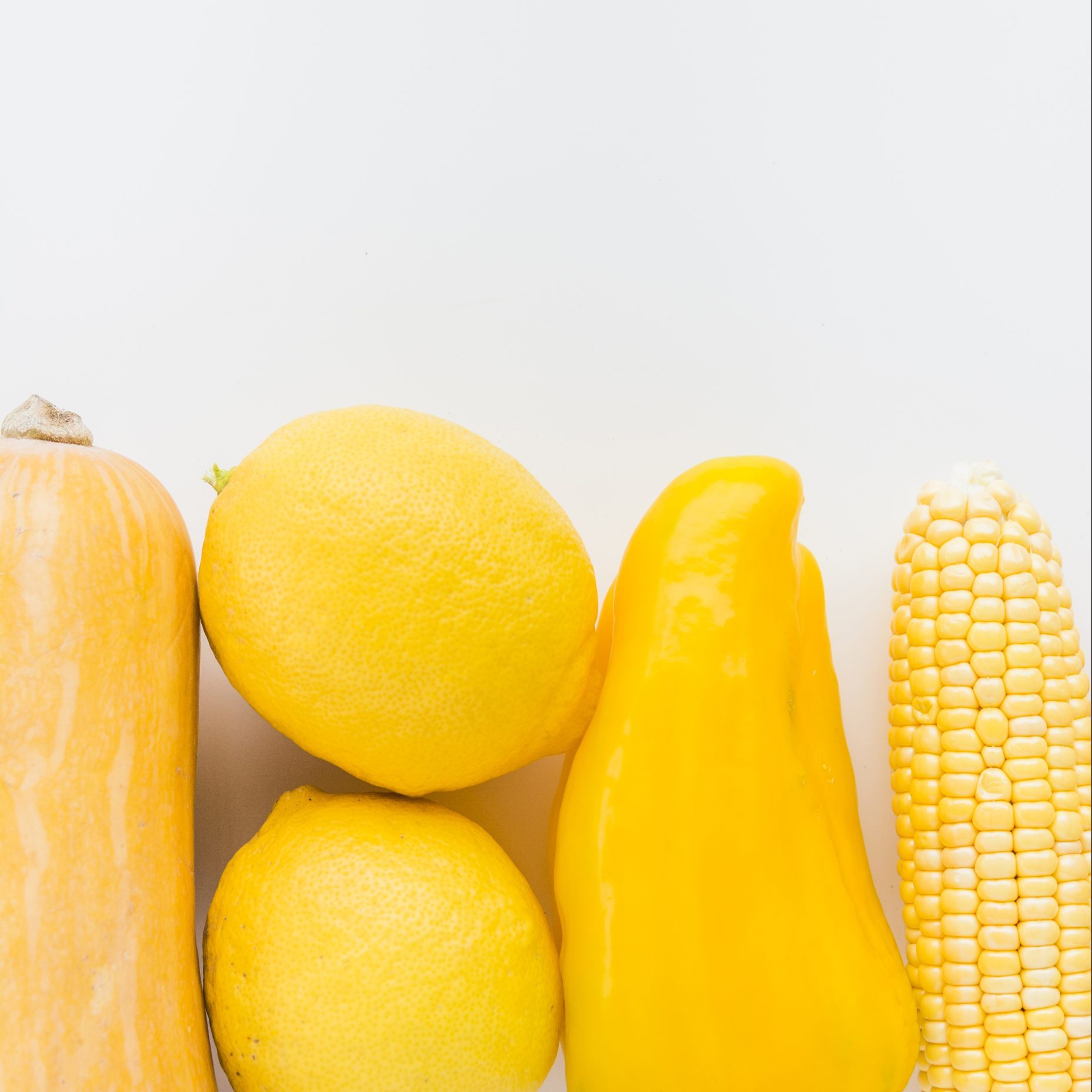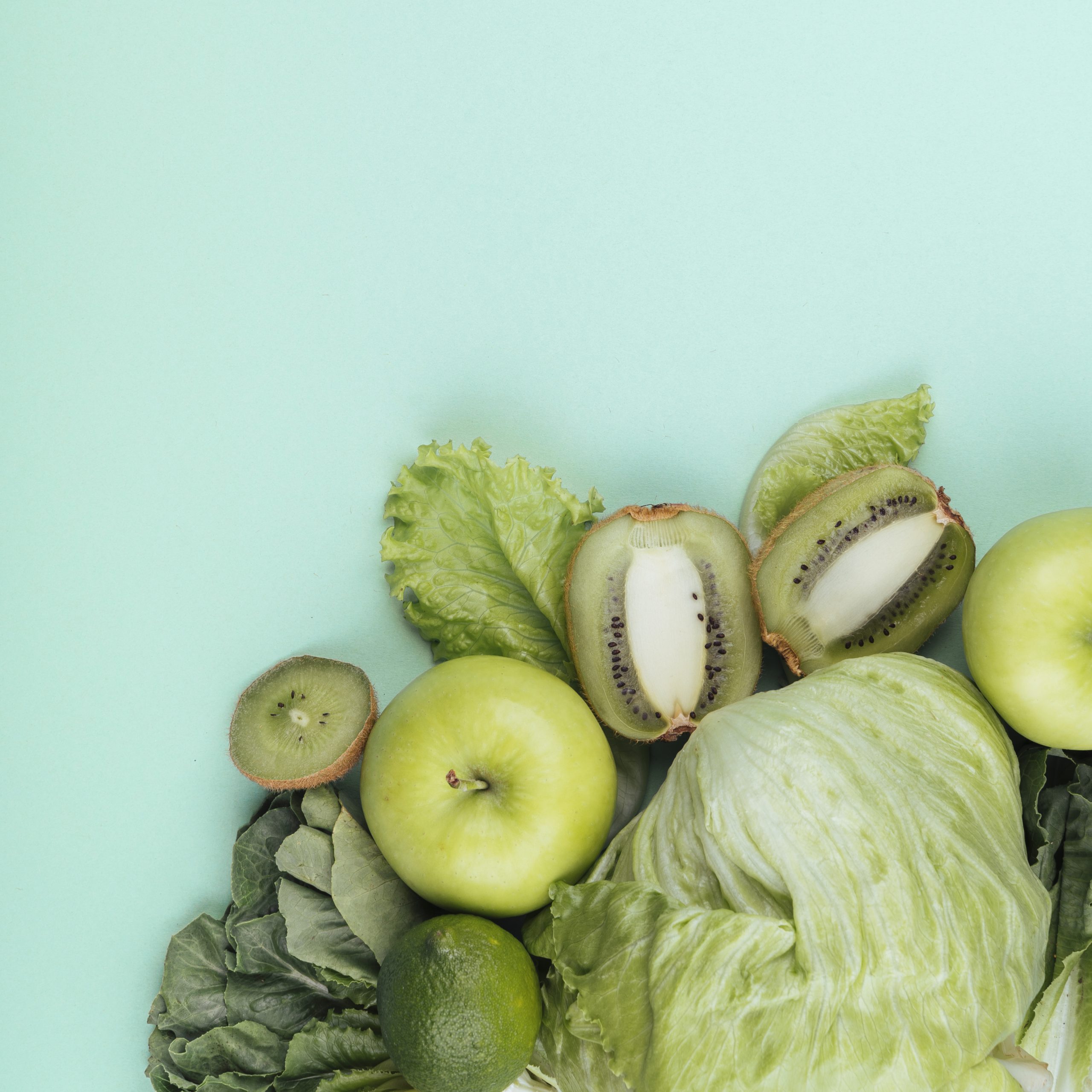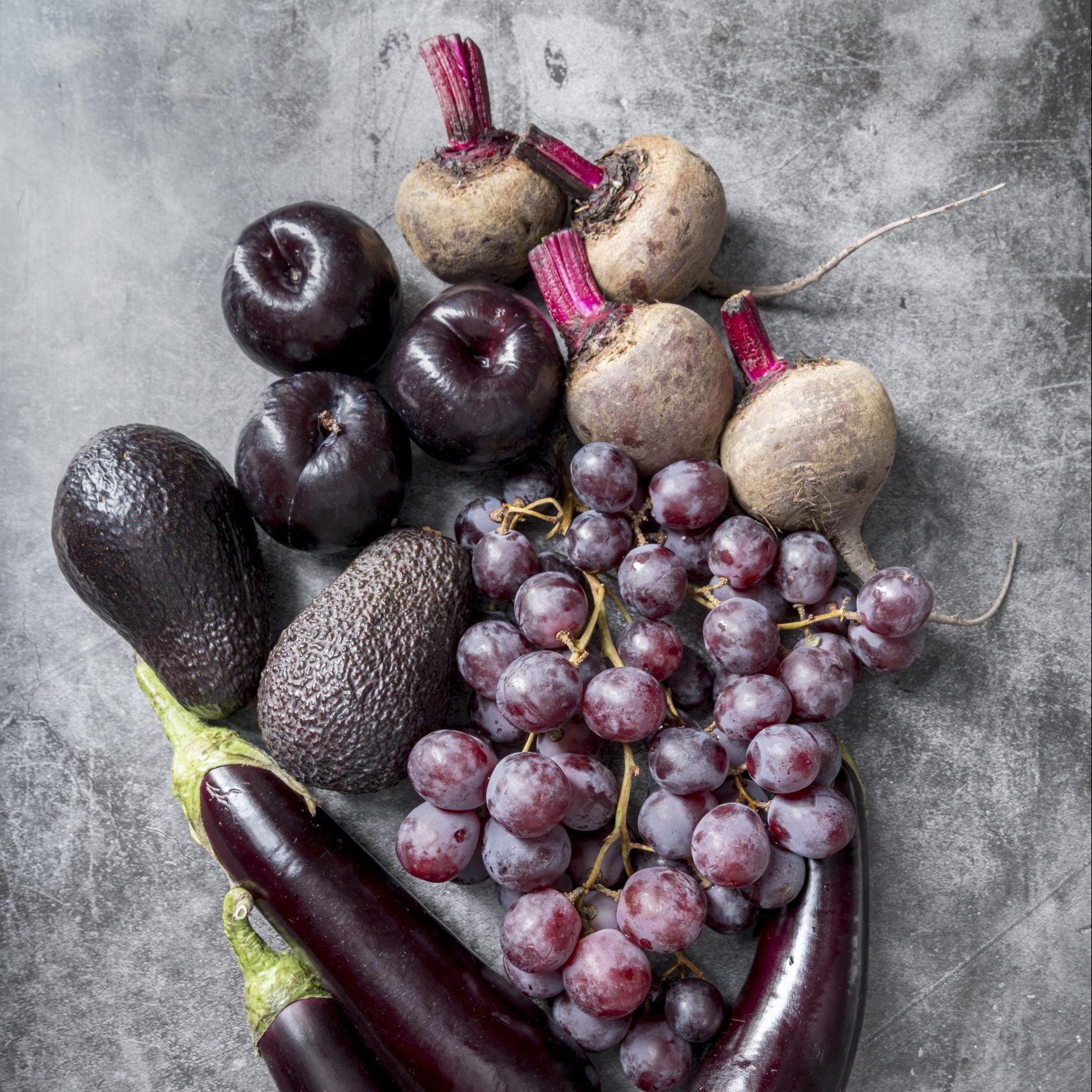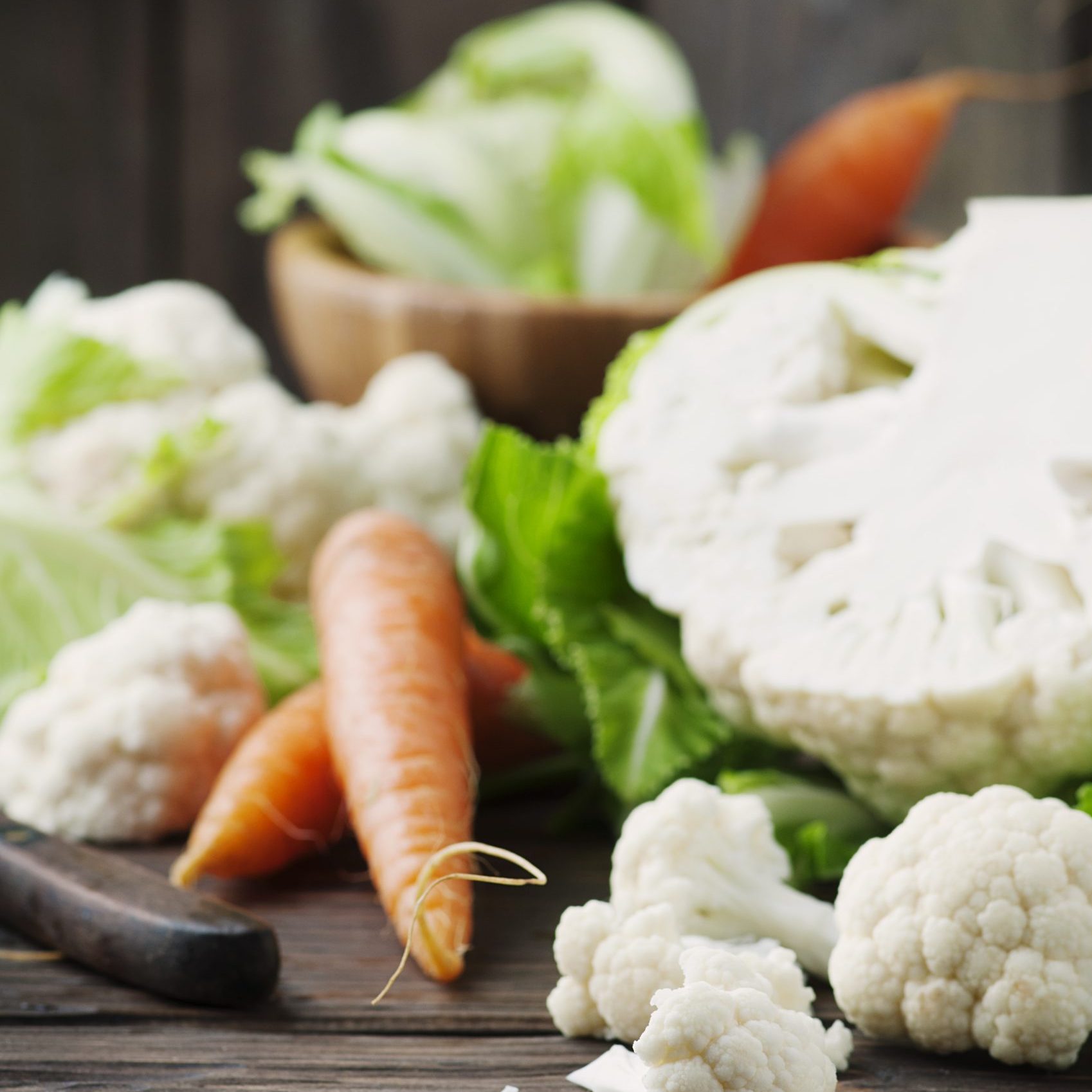Food Labels
Cooking is Fun!
Recipes
Eating A Rainbow
Food Labels
Reading and Understanding Labels

- How to Read Food Labels
- The label has sections:
- Serving size, Daily Value (what is the % of the recommended daily amount), and the nutrients (such as minerals and vitamins).
- Look at where the sugar is listed on the food label. If something is listed close to or at the beginning of the list, it means there is a lot more of that ingredient.
- Food Labels
- A great place to find lessons on reading food labels for kids is through the U.S. Food and Drug Administration website. The link can be found below:
- https://www.fda.gov/media/128875/download
- *By linking to this FDA website, they can learn more on how to read food labels.*
Cooking is Fun!

Recipes
Grilled Vegetable Platter
– Recipe from Chef Jacques

Instructions
- In a small bowl, whisk the first seven ingredients to make marinade.
- Place three tablespoons marinade in a large, resealable plastic bag. Add vegetables, seal bag and turn to coat. Marinate 1½ hours at room temperature.
- Transfer vegetables to a grid and place on grill. Grill vegetables, covered, over medium heat eight to 12 minutes or until crisp-tender, turning occasionally.
- Place vegetables on a large serving plate. Drizzle with remaining marinade and basil.
Calories 151
Total Fat 9g
Saturated Fat 1g
Cholesterol 0mg
Sodium 22mg
Carbohydrates 17g
Dietary Fiber 4g
Added Sugar 6g
Protein 3g
Overnight Refrigerator Oatmeal with Strawberries and Almonds
– Recipe from Chef Jacques
Prep time: 10 minutes
Number of Servings: 1
Ingredients:
- ¼ cup uncooked old fashioned rolled oats
- ⅓ cup unsweetened almond milk
- ½ cup non-fat Greek yogurt
- 1 tbsp wheat germ
- 2 tsp honey
- 4 large strawberries, cored and thinly sliced
- 1 tbsp toasted almonds
Instructions
- In a half-pint mason jar, add oats, almond milk, yogurt, wheat germ and honey.
- Put lid on jar and shake until well combined.
- Remove lid, add strawberries and stir until mixed throughout. Add toasted almonds.
- Return lid to jar and refrigerate overnight.
- Serve chilled.
Calories 275
Total Fat 4g
Saturated Fat <1g
Cholesterol 5mg
Sodium 100mg
Carbohydrates 41g
Dietary Fiber 5g
Added Sugar 8g
Protein 19g

Delicious Summer Stir Fry Recipes for Healthy Eating

This easy Chicken Stir Fry recipe is loaded with fresh veggies and the most delicious sauce made with honey, soy sauce, and toasted sesame oil! This healthy recipe takes 20 minutes to make and will wow your family with it’s amazing flavor!
Avocado Delicioso
Full of creaminess and healthy fats, avocados are a wonderful addition to your healthy lifestyle and can be eaten often. And these Stuffed Avocados are a great way to add them to your diet!

Appetizers
Breakfast
Entrées
Side Dishes
Drinks
Desserts
Appetizers
Breakfast
Entrées
Side Dishes
Drinks
Desserts
Eating A Rainbow

